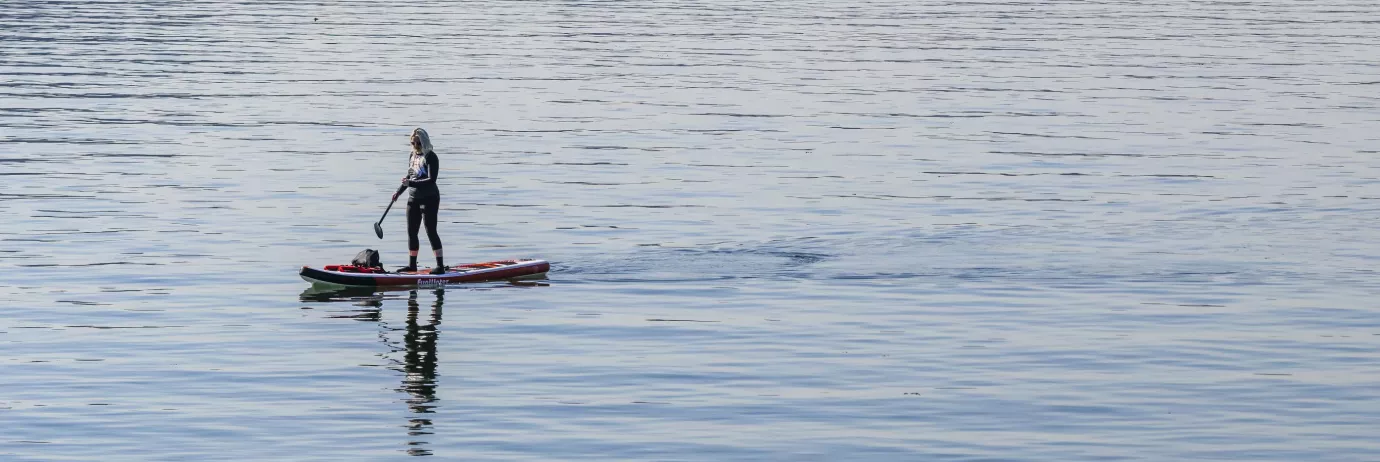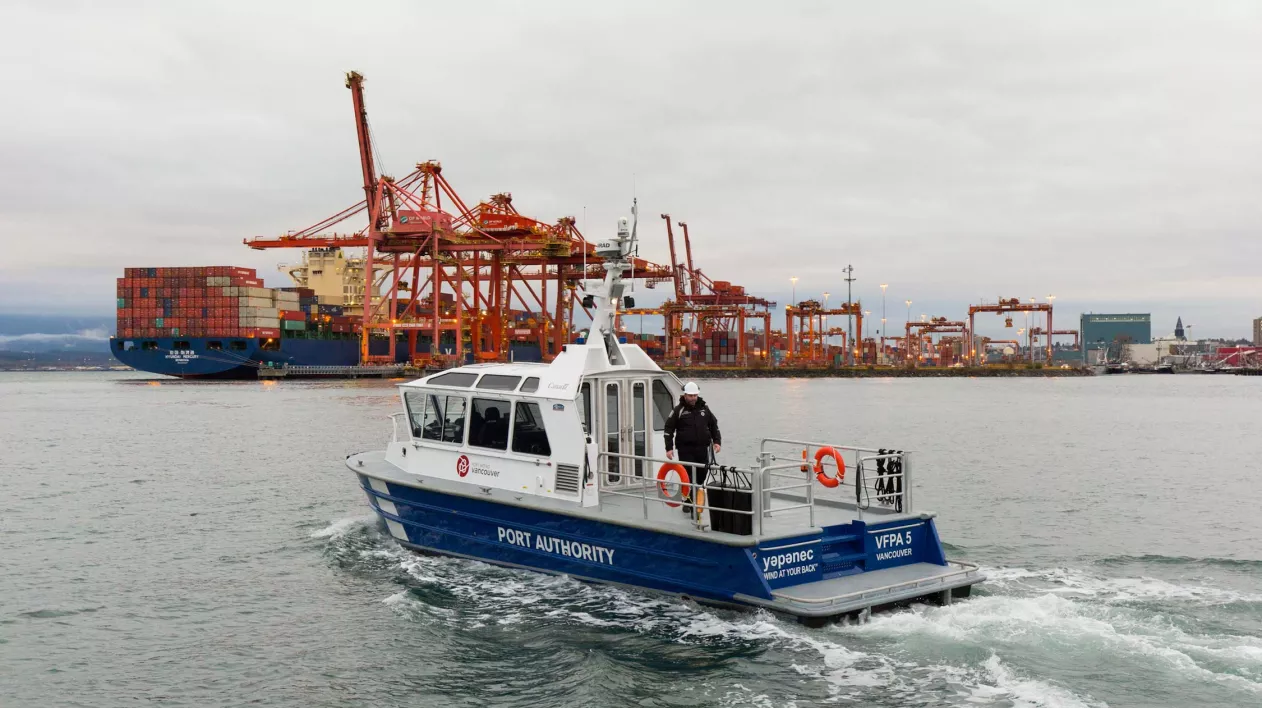The Port of Vancouver is made up of a beautiful coastline and waterways that encourage marine recreational activity. However, port waterways are also shared by approximately 3,000 commercial ships every year. While our role as a port authority is to keep navigation channels clear for these commercial ships, we also work to make sure that port waters are safe for all users.
Rules and regulations for marine recreational activities

All marine vessels travelling within the port authority’s jurisdiction—including commercial ships, pleasure craft, and recreational boats—are required to follow the practices and procedures outlined in our Port Information Guide. The guide covers important information, including:
- Restricted areas
- Safety guidelines
- Speed restrictions
- Anchorage and moorage
- Recreational diving
The port authority has put together location-specific safe boating guides for two key areas within the port:
- Burrard Inlet
- Fraser River
Just like on the road, port waterways are subject to the laws set out in Canada’s Collision Regulations. Transport Canada’s Office of Boating Safety has resources to help recreational boaters understand their responsibilities and stay safe while on the water.
Pump-out locations
Dumping of boat sewage is not permitted in port waters as it harms the environment and puts public health at risk. All recreational boaters are required to use pump-out services at marinas in Vancouver or throughout the wider region.
Recreational anchorages
There are three designated anchorage areas for recreational boaters available at the port and surrounding waters:
Tips for safe boating at the Port of Vancouver
When out on port waters, please follow these safe boating practices to keep yourself and others safe:
Look
Larger, deep-sea ships have limited visibility. Just because you can see them doesn’t mean they can see you.
A tugboat’s tow cables are often submerged, so never cut between a tug and its tow.
Listen
Float planes are active in port waters. These aircraft need plenty of space for landing and taking off.
Five or more short blasts from a ship’s whistle means “danger, keep clear”.
Carry a working very high frequency (VHF) marine radio and monitor channels 16 and 12 for safety messages.
Act
Large, deep-sea ships can’t move quickly, especially in narrow channels. Even if you have the right-of-way, you must yield to them.
If you need help, our Port Operations Centre is open 24/7 and can be reached at 604.665.9086. In an emergency, or to report impaired boating, call 911.
Harbour patrol: here to help

While on the water you may see or interact with our harbour patrol boats and officers. Together, with partners such as local police, Royal Canadian Marine Search and Rescue, and Canadian Coast Guard Search and Rescue, our harbor patrol officers work to promote safety in port waterways. Some of the ways you may encounter our harbour patrol include:
- Responding and to and helping with on-water incidents and distress calls throughout the port authority’s jurisdiction
- Distributing safe boating guides, providing boat safety inspections, and answering questions at boat launch sites
- Providing deep-sea safety escorts to help commercial ships navigate the busy port and to help keep recreational boats out of the way
- Removing abandoned or derelict boats that pose a threat to commercial ships in transit, other recreational boats, or the public
For more information on safe boating and marine recreational activities at the Port of Vancouver, please contact harbour_master@portvancouver.com.
